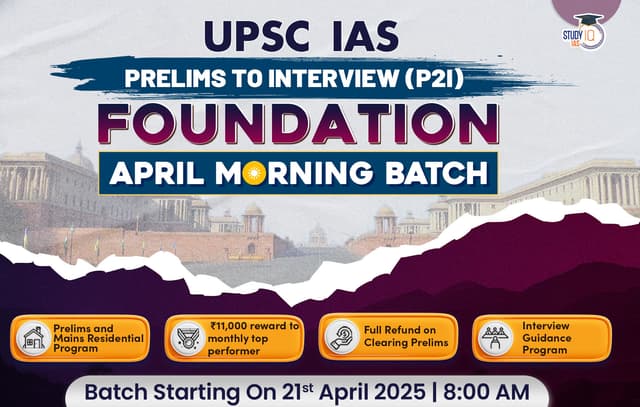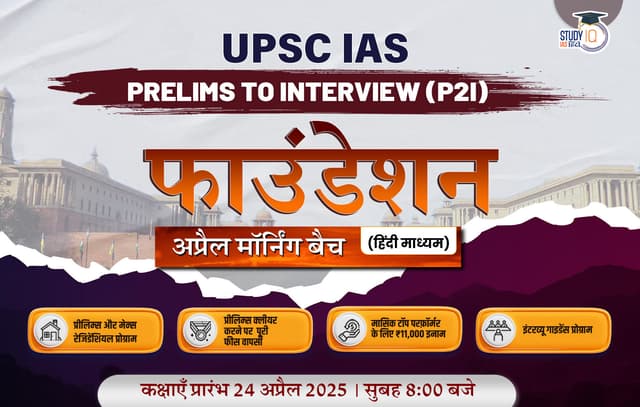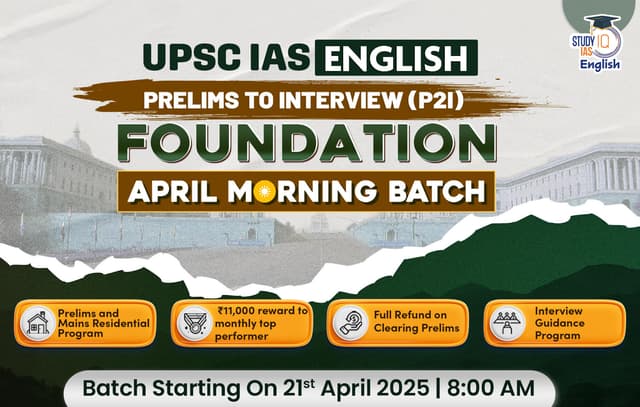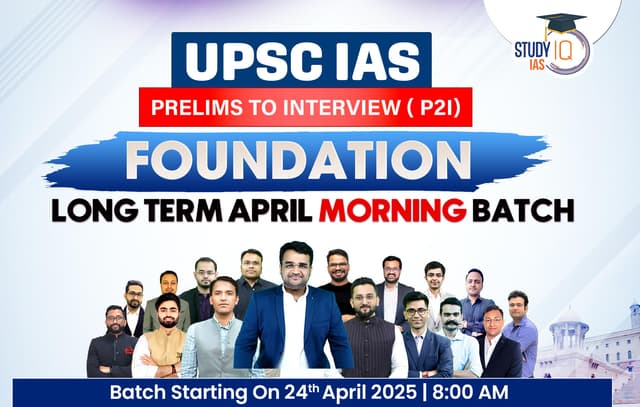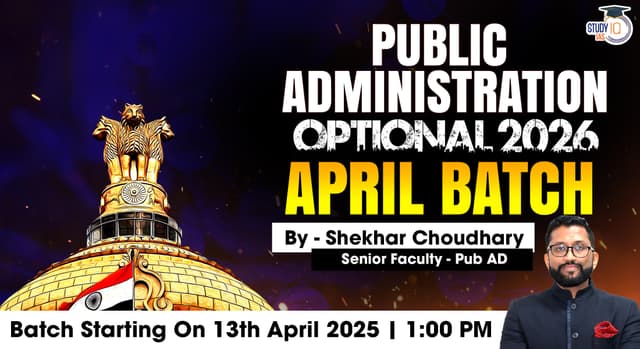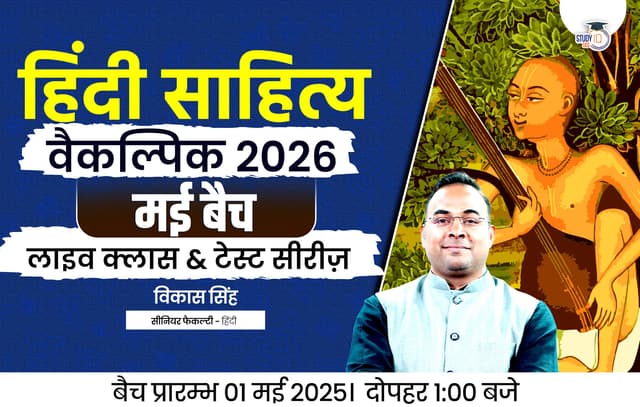Table of Contents
Context: Maternity benefits in India are a critical aspect of ensuring the health and well-being of pregnant women and their children. However, despite legal entitlements, many women are deprived of these benefits due to inadequate implementation and restrictive policies.
Pradhan Mantri Matru Vandana Yojana (PMMVY)
Keeping in mind the requirements of the nation’s citizens as well as the economy and society’s ongoing development, the Indian government periodically introduces several welfare projects and programs. The Pradhan Mantri Matru Vandana Yojana (PMMVY) is one such programme that focuses on the health of pregnant and nursing women in India. To date, a number of health-related programmes have been developed and put into action, but no programme emphasising the value of pregnant women has been integrated into policymaking. This plan effectively addresses all those issue areas.
- Type: Centrally Sponsored Direct Benefit Scheme.
- Ministry: Ministry of Women and Child Development.
- Launch Year: 2017.
- Integration: Incorporated into Mission Shakti in 2022.
- Legal Basis: Implemented under the National Food Security Act (NFSA), 2013.
- Exclusions: Women in regular employment with the Central/State Government or Public Sector Undertakings (PSUs).
- Women already receive similar benefits under any other law.
- Exceptions: In case of miscarriage/stillbirth, the beneficiary is eligible for benefits in a future pregnancy as a fresh applicant.
Objectives
- Compensation for Wage Loss: Provides financial assistance to ensure women can rest before and after childbirth.
- Improving Health-Seeking Behavior: Encourages pregnant and lactating women to access healthcare facilities.
- Promoting Gender Equality: Offers cash incentives for a second child if it is a girl.
Pradhan Mantri Matru Vandana Yojana Benefits
| Cash Transfer | Conditions | Amount | Means of Verification |
|---|---|---|---|
| 1st Installment | Early Registration of Pregnancy in MCP Card (registration of pregnancy within 180 days from the date of LMP) | 1000 | MCP Card duly certified by an officer/functionary of Health Deptt not below rank of ANM |
| 2nd Installment | Received at least one antenatal Check-up (can be claimed after 6 months of Pregnancy) | 2000 | MCP Card duly certified by an officer/functionary of Health Deptt not below rank of ANM |
| 3rd Installment | Childbirth is registered | 2000 | A photocopy of Birth certificate (provisional) issued by competent authority of the state |
| Child has received first cycle of BCG, OPV, DPT and Hepatitis-B or its equivalent/substitute | MCP Card with immunization details duly by an officer/functionary of Health Deptt not below rank of ANM |
Pradhan Mantri Matru Vandana Yojana Beneficiaries
Pregnant women and lactating mothers fall under this group, however, those who work full-time for the federal, state, or local governments, public utilities, or who receive similar benefits under any continuously in effect statute are not included. Women who become pregnant and give birth to their first child on or after July 1, 2017, are all entitled.
Beneficiaries
- Women belonging to Scheduled Castes (SC) & Scheduled Tribes (ST).
- Women with 40% or more disability (Divyang Jan).
- Women holding a BPL Ration Card.
- Women beneficiaries under Pradhan Mantri Jan Aarogya Yojana (PMJAY).
- Women holding an E-Shram Card.
- Women farmers who are beneficiaries of PM-Kisan Samman Nidhi.
- Women holding an MGNREGA Job Card.
- Women from families with an annual income below ₹8 lakh.
- Pregnant and lactating frontline workers, including AWWs, AWHs, and ASHAs.
- Any other category as prescribed by the Central Government.
Criticism of PMMVY
- Violation of NFSA 2013: The NFSA mandates ₹6,000 per child, but PMMVY provides only ₹5,000 for the first child and ₹6,000 for the second child (only if a girl), violating the Act’s universal maternity benefit provision.
- Low Coverage and Declining Reach: Effective coverage peaked at only 36% in 2019-20 and drastically declined to 9% in 2023-24.
- Budget allocation dropped to ₹870 crore in 2023-24, nearly 1/3rd of the amount 5 years earlier.
- Implementation and Technical Issues: Frequent software failures and Aadhaar-linked payment issues have led to delays in disbursement.
- Excessive bureaucratic hurdles make it difficult for women to claim benefits.
- Discriminatory Benefits: Women in the formal sector receive 26 weeks of paid leave, while those in the unorganized sector receive only ₹5,000 after meeting strict conditions.
- Lack of Transparency: The Ministry of Women and Child Development does not proactively disclose key data on PMMVY.
- Information regarding applications, approvals, and disbursements is difficult to access.
- Insufficient Financial Assistance: The ₹5,000-₹6,000 assistance is inadequate given rising inflation and healthcare costs.
- Unlike other schemes, PMMVY benefits have never been revised since its launch in 2017.
| State-Level Initiatives (Alternative Models) |
|
Comparison with PMMVY
- Higher financial support: Both Tamil Nadu and Odisha provide better benefits than PMMVY.
- Wider coverage: These states cover more births and ensure better accessibility.
- Simplified implementation: Fewer bureaucratic hurdles and better awareness campaigns improve uptake.
Conclusion
The PMMVY’s restrictive nature and inadequate implementation have led to significant gaps in providing maternity benefits, despite legal entitlements. States like Tamil Nadu and Odisha demonstrate that more effective and generous schemes are possible, highlighting the need for reform at the national level.

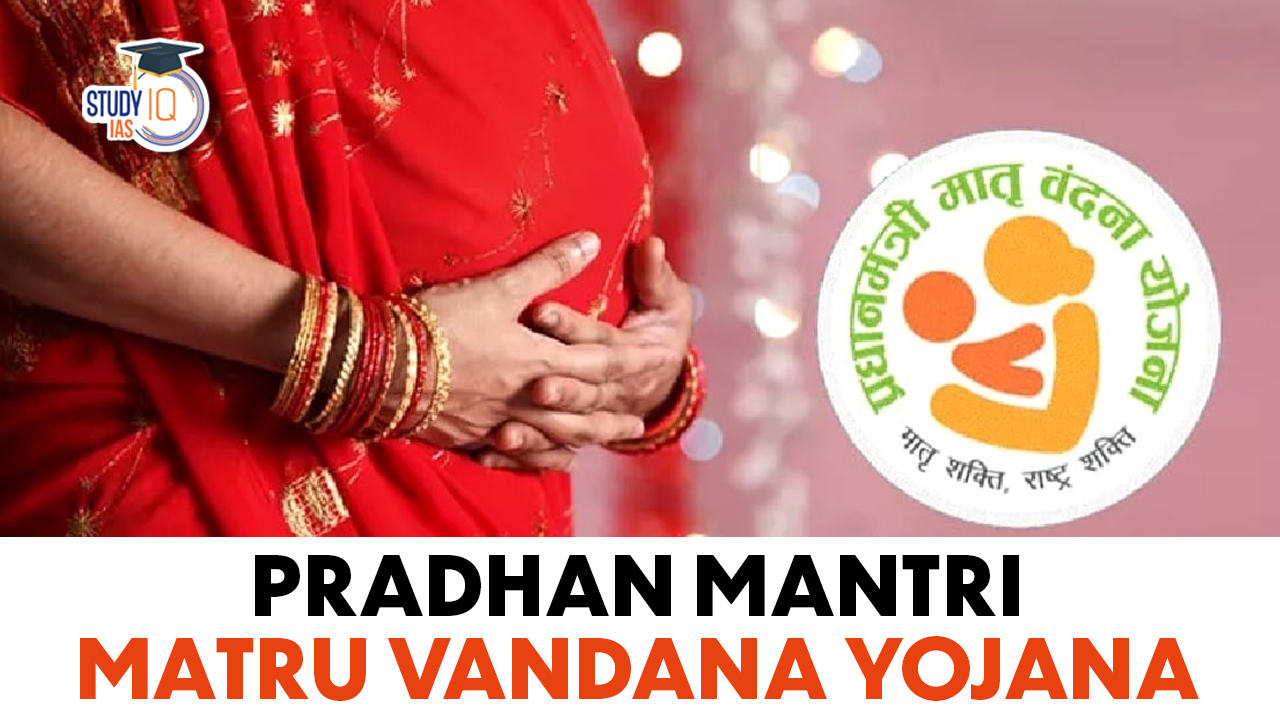
 New Phase of Operation Chakra to Combat ...
New Phase of Operation Chakra to Combat ...
 Bhashanet Portal : Empowering Multilingu...
Bhashanet Portal : Empowering Multilingu...
 Grameen Credit Score (GCS), Objectives a...
Grameen Credit Score (GCS), Objectives a...

